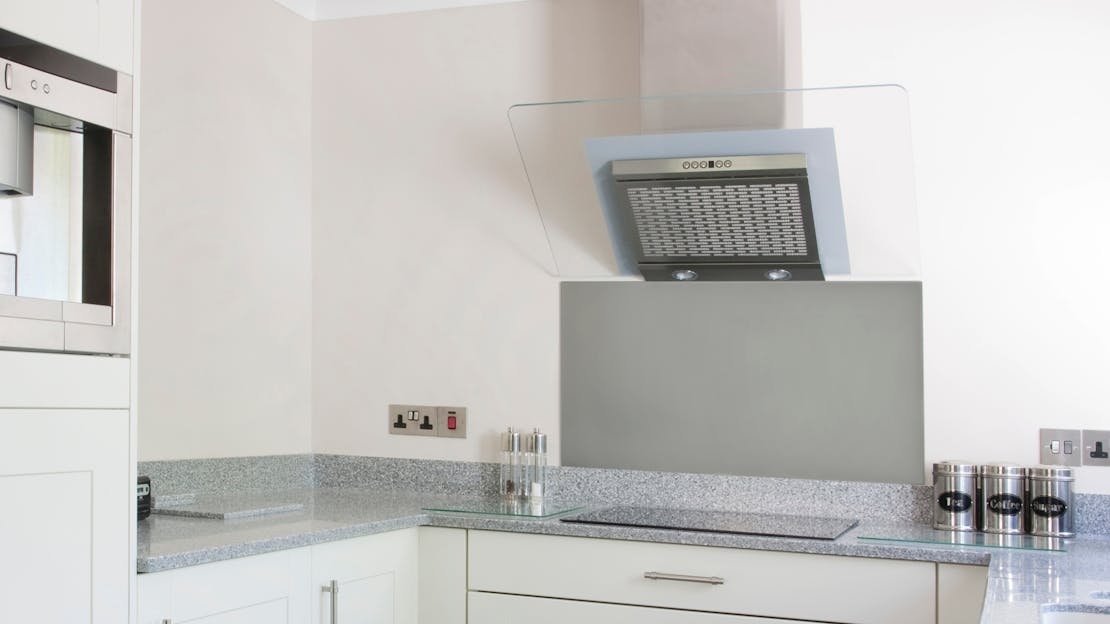
The Ultimate Guide to Splashbacks for the Kitchen
In the world of interior design and home improvement, splashbacks have emerged not only as a functional necessity but also as a stylish statement. These versatile wall coverings are now a staple in modern kitchens and bathrooms, offering both aesthetic charm and practical advantages. Whether you're renovating your kitchen, revamping your bathroom, or seeking to elevate the visual appeal of your living spaces, understanding splashbacks is crucial. In this comprehensive guide, we'll explore different types, materials, benefits, and installation processes, empowering you to make informed choices and enhance the beauty and functionality of your home with splashbacks. Welcome to your ultimate guide to splashbacks, where style meets substance and design aspirations meet practical solutions.
Are splashbacks heat proof?
Splashbacks are indeed heatproof. They are designed to withstand high temperatures generated by cooking appliances, such as hobs. This heat resistance ensures the safety of your kitchen and the durability of the splashback, even when exposed to elevated temperatures.
Are splashbacks easy to install?
Installing splashbacks is known for its simplicity. While DIY enthusiasts can handle the installation with basic tools and adhesive, for a professional finish, it's advisable to engage a qualified installer who can ensure precise measurements and a secure fit.
Are splashbacks required?
While not always mandatory, splashbacks are highly recommended in areas where moisture and food splatters are common, such as behind the kitchen sink and hob. They serve as a protective barrier, preventing water damage, stains, and facilitating easier cleaning.
Can splashbacks be cut to size?
Splashbacks can typically be cut to size, but it depends on the material and manufacturer. It's essential to check with your specific supplier or manufacturer to ensure that they offer custom-cutting services for their splashbacks. If they do not offer this service, you may need to select a standard size that closely matches your space or consider other materials or solutions that can be more easily tailored to your kitchen's dimensions.
When it comes to splashbacks that are designed for installation behind hobs, they can't be cut to size, but they are typically the perfect size adhering to the standard cooker hood regulations.
How are splashbacks made?
Splashbacks are typically crafted from materials such as glass, acrylic, or stainless steel. The manufacturing process may vary depending on the material but generally involves cutting, shaping, and finishing to meet specific design and durability requirements.
How are splashbacks attached?
Splashbacks are fixed to the wall either through strong adhesive or mechanical fixings, depending on the material and your preference. Proper attachment is crucial for a secure and long-lasting installation.
Our splashbacks include adhesive strips which hold the splashback in place while additional adhesive sets.
How are splashbacks fitted?
Splashbacks are fitted flush against the wall, creating a sleek and modern look in your kitchen. Their design ensures they are easy to clean and maintain, which is a significant advantage over traditional tile installations.
Why choose a splashback over tiles?
There are numerous reasons to opt for a splashback over traditional tiles:
| Aspect | Splashbacks | Tiles |
|---|---|---|
| Maintenance | Easy to clean with a damp cloth | Grout lines can trap dirt and require regular scrubbing |
| Resistant to stains and grime | Tiles can discolour over time | |
| No need for resealing | Grout may need periodic resealing | |
| Hygiene | Non-porous surface inhibits bacteria growth | Grout lines can harbour bacteria |
| Smooth surface for easy sanitation | Requires more effort to clean grout | |
| Aesthetics | Wide range of colours and designs | Limited design options with tiles |
| Sleek and modern appearance | Grout lines can interrupt the visual flow | |
| Installation | Quick and easy installation | Tile installation can be time-consuming |
| Minimal mess during installation | Requires skilled labour for precise alignment | |
| Durability | Resistant to heat and moisture | Tiles can crack or chip with impact |
| Long-lasting and less prone to damage | Vulnerable to cracking and chipping | |
| Cost | May have a higher upfront cost | Lower initial cost for basic tiles |
| Savings on maintenance and repairs | Higher long-term maintenance costs | |
| Grout Lines | No grout lines, seamless look | Grout lines can look outdated |
| Easier to keep clean | Grout lines can discolour and stain | |
| Customisation | Can be customised in various materials (glass, acrylic, metal, etc.) | Limited to tile options |
| Tailored to kitchen style | May not fit all kitchen aesthetics |
Are splashbacks good with gas hobs?
Yes, splashbacks are suitable for use with gas hobs. They are designed to be heat-resistant and provide a protective barrier against heat and splatters. However, it's essential to adhere to safety guidelines and ensure proper installation to maintain their effectiveness.
